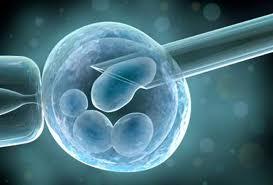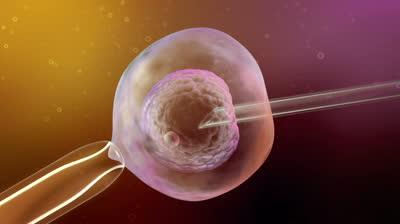 Amniocentesis – Prenatal diagnosis
It is now possible to diagnose many genetic diseases and other congenital disorders (those present at birth) while the fetus is in the uterus. Amniocentesis is a medical procedure used in prenatal diagnosis of chromosomal abnormalities and fetal infections, and also used for Sex Determination in which a small amount of amniotic fluid, which contains fetal tissues, is sampled from the amnion or amniotic sac surrounding a developing fetus, and the fetal DNA is examined for genetic abnormalities
Amniocentesis – Prenatal diagnosis
It is now possible to diagnose many genetic diseases and other congenital disorders (those present at birth) while the fetus is in the uterus. Amniocentesis is a medical procedure used in prenatal diagnosis of chromosomal abnormalities and fetal infections, and also used for Sex Determination in which a small amount of amniotic fluid, which contains fetal tissues, is sampled from the amnion or amniotic sac surrounding a developing fetus, and the fetal DNA is examined for genetic abnormalities Recent scientific and technological advances have made it possible to deal with many reproductive problems.
For example, it is now possible to diagnose many genetic diseases and other congenital disorders (those present at birth) while the fetus is in the uterus. Amniocentesis and chorionic villus sampling are invasive techniques in which amniotic fluid or fetal cells are obtained for genetic analysis. Noninvasive procedures usually use ultrasound imaging to detect fetal condition. A newer noninvasive technique relies on the fact that a few fetal blood cells leak across the placenta into the mother's bloodstream. A blood sample from the mother yields fetal cells that can be identified with specific antibodies (which bind to proteins on the surface of fetal cells) and then tested for genetic disorders.
Reproductive technology can help with a number of infertility problems. Hormone therapy will sometimes increase sperm or egg production, and surgery can correct disorders such as blocked oviducts. Many infertile couples turn to fertilization procedures called assisted reproductive technology (ART). These procedures generally involve surgically removing eggs (secondary oocytes) from a woman's ovaries following hormonal stimulation, fertilizing the eggs and returning them to the woman's body. Unused eggs, sperm and embryos from such procedures can be frozen for later pregnancy attempts.
 Invitro fertilization (IVF)
In vitro fertilization (IVF) is a process by which an egg is fertilized by sperm outside the body: in vitro. IVF is a major treatment for infertility when other methods of assisted reproductive technology have failed.
Invitro fertilization (IVF)
In vitro fertilization (IVF) is a process by which an egg is fertilized by sperm outside the body: in vitro. IVF is a major treatment for infertility when other methods of assisted reproductive technology have failed. In vitro fertilization (IVF) is a process by which an egg is fertilized by sperm outside the body: in vitro. IVF is a major treatment for infertility when other methods of assisted reproductive technology have failed. The process involves monitoring a woman's ovulatory process, removing ovum or ova (egg or eggs) from the woman's ovaries and letting sperm fertilize them in a fluid medium in a laboratory. When a woman's natural cycle is monitored to collect a naturally selected ovum (egg) for fertilization, it is known as natural cycle IVF. The fertilized egg (zygote) is then transferred to the patient's uterus with the intent to establish a successful pregnancy. The first successful birth of a "test tube baby", Louise Brown, occurred in 1978. Louise Brown was born as a result of natural cycle IVF. Robert G. Edwards, the physiologist who developed the treatment, was awarded the Nobel Prize in Physiology or Medicine in 2010.